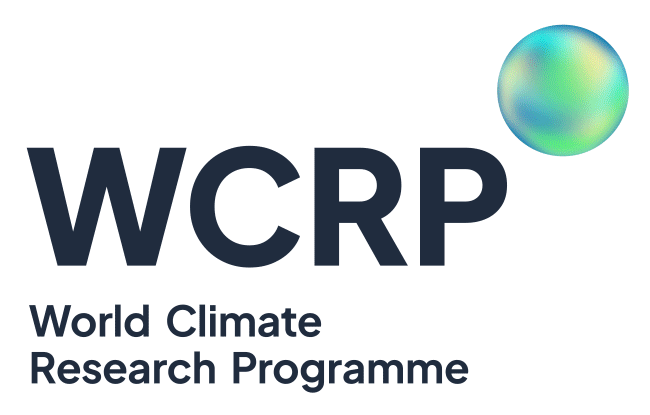
The aim of this initiative is to evaluate the ability of the current state-of -the-art dynamical forecasting systems in representing the tropical-extratropical teleconnections. The analysis, based on observational and model data from several seasonal forecast systems, uses a common framework for a straightforward intercomparison. Tropical rainfall anomalies are used to represent the response to anomalous tropical atmospheric heat sources.
Participating members (so far): ECMWF (UK), Met Office (UK), Meteo France (France), NCEP (USA), CMC (MSC) (Canada), CMA/BCC (China), BOM (Canada)
Planned analysis:
Precipitation:
- precipitation variability relationship across the tropical regions / SST-precipitation relationship;
- the predictive skill of precipitation across the different tropical basins;
Covariance and Rossby wave source analysis:
- the predictive skill of the NAO and PNA via tropical teleconnections
Precipitation analysis is almost completed
Data: The model data is taken from CHFP and EUROSIP archive
Expected outcome:
- estimate the model accuracy in representing remote atmospheric responses originated in the tropics.
- improved and more reliable seasonal forecast predictions for the extratropical regions
REFERENCES:
Kumar et al. 2013: “Understanding prediction skill of seasonal mean precipitation over the tropics” Journal of Climate Vol. 26 p.5674-5681
Manola et al 2013: “Drivers of North Atlantic Oscillation Events”, Tellus A, 65, 1-13.
Molteni et al. 2014: “Understanding and modelling extra-tropical teleconnections with the Indo-Pacific region during the northern “. Climate Dynamics. Ref.: Ms. No. CLDY-D-14-00256R2
Scaife et al. 2016: « Tropical rainfall, rossby waves and regional winter climate predictions». QJRMSVersion of Record online: 20 OCT 2016 | DOI: 10.1002/qj.2910

